Motorola Razr 50 Review: A solid foldable for the price conscious
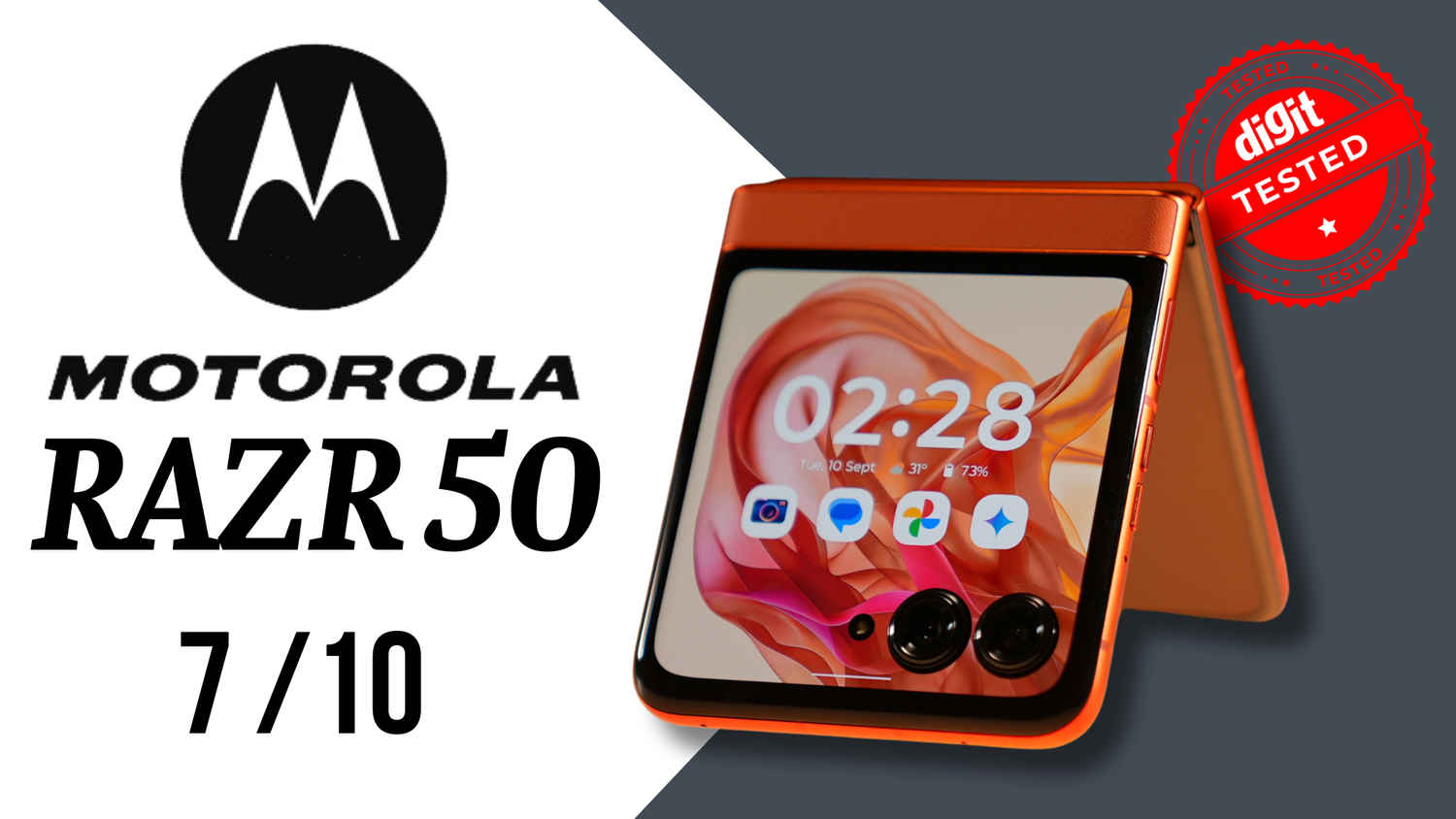
- Large and functional cover display
- Elegant design
- IPX8 water resistant
- Bloatware-free and feature-rich Hello UI
- Mediocre performance
- Portrait mode could be better
- Slow UFS 2.2 speeds
Priced at ₹64,999, the Motorola Razr 50 brings notable advancements to the foldable phone market, particularly with its impressive 3.6-inch cover display that dwarfs the previous generation’s screen. It proves to be a solid option for first-time foldable users who don’t want to spend a fortune on a smartphone, but want to try out the novel form factor. Its design is sleek and stylish, featuring a solid build and a luxurious vegan leather back. However, the performance is not as strong as one might hope, with the MediaTek Dimensity 7300X processor showing its limitations in both benchmarks and real-world use.
Motorola’s Razr series has long been synonymous with innovation in the world of foldable phones. The latest addition to this storied line is the Motorola Razr 50, a device that aims to blend cutting-edge technology with classic design elements. Unlike its high-end sibling, the Razr 50 Ultra, this model positions itself as a more accessible option while still offering impressive features, such as a sizable 3.6-inch cover display.
However, it also faces stiff competition from other high-profile foldables like the Samsung Galaxy Z Flip6 (review) and the OPPO Find N3 Flip (review), which set high standards in performance and design. In this review, we will delve into the Motorola Razr 50’s build quality, display, performance, software, camera capabilities, and battery life to determine if it lives up to the expectations set by its Ultra counterpart and rivals.
Motorola Razr 50 Review: Build and Design
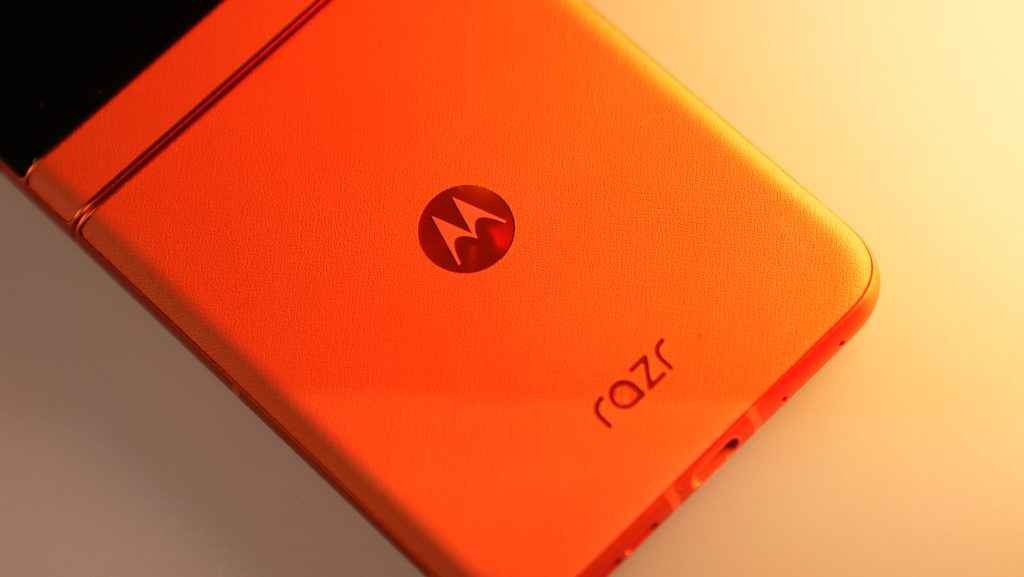
The Motorola Razr 50’s design is both sleek and functional, building on the aesthetic foundation laid by the Razr 50 Ultra. At first glance, the Razr 50 resembles its more premium counterpart with its elegant lines and modern touches. The phone’s aluminium frame and stainless steel hinge contribute to a robust build quality, which is further bolstered by an impressive hinge rating of 400,000 folds.
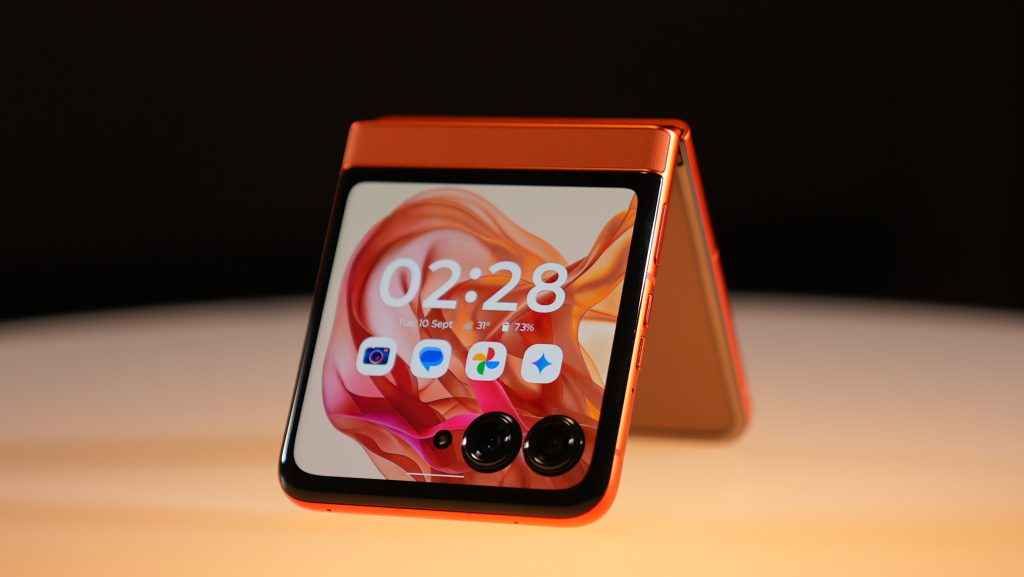
The Razr 50 sports a vegan leather back, which not only adds a touch of luxury but also provides a comfortable grip. The phone is available in three attractive colours: Spritz Orange, Beach Sand, and Koala Grey, each offering a unique look. An IPX8 rating means that the Razr 50 can handle submersion in up to 1.5 meters of water for 30 minutes, adding a layer of protection against the elements.
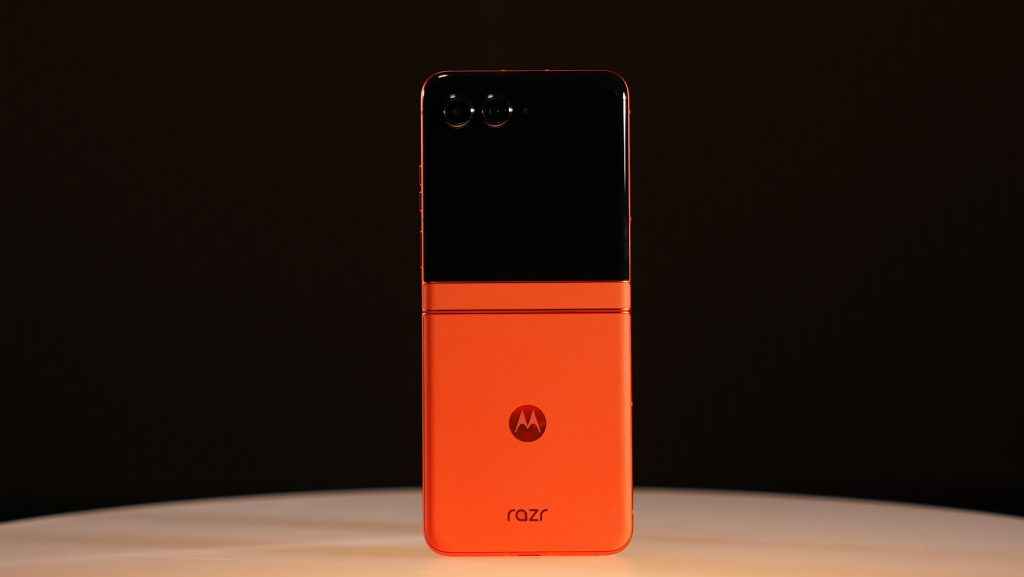
One notable change from the Razr 50 Ultra is the front display design. While the Ultra model features a continuous screen that spans the entire front, the Razr 50 has a thicker top bezel. Despite this, the Razr 50’s 3.6-inch cover display is a significant upgrade from the Razr 40’s diminutive 1.5-inch screen. This larger display allows for greater functionality and usability, enabling users to run a wide range of apps directly from the cover.
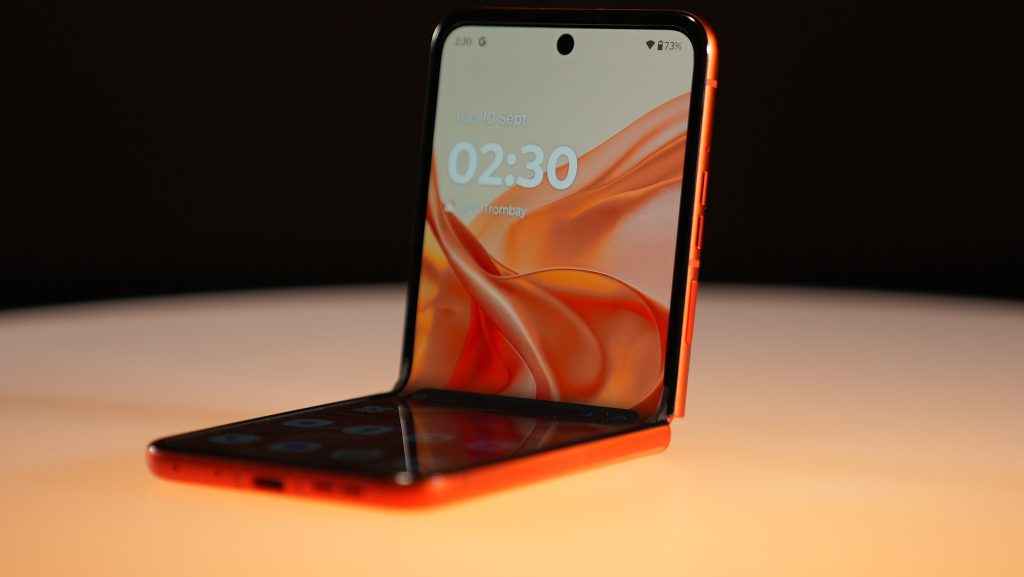
Motorola Razr 50 Review: Display
The Motorola Razr 50 has a 6.9-inch foldable LTPO AMOLED inner display that excels in brightness and colour accuracy. With a tested peak brightness of 1582 nits (in HBM), the screen remains highly readable even under direct sunlight. The display’s 120 Hz refresh rate provides smooth scrolling and transitions, and it intelligently adjusts based on the app in use to optimise performance and battery life.
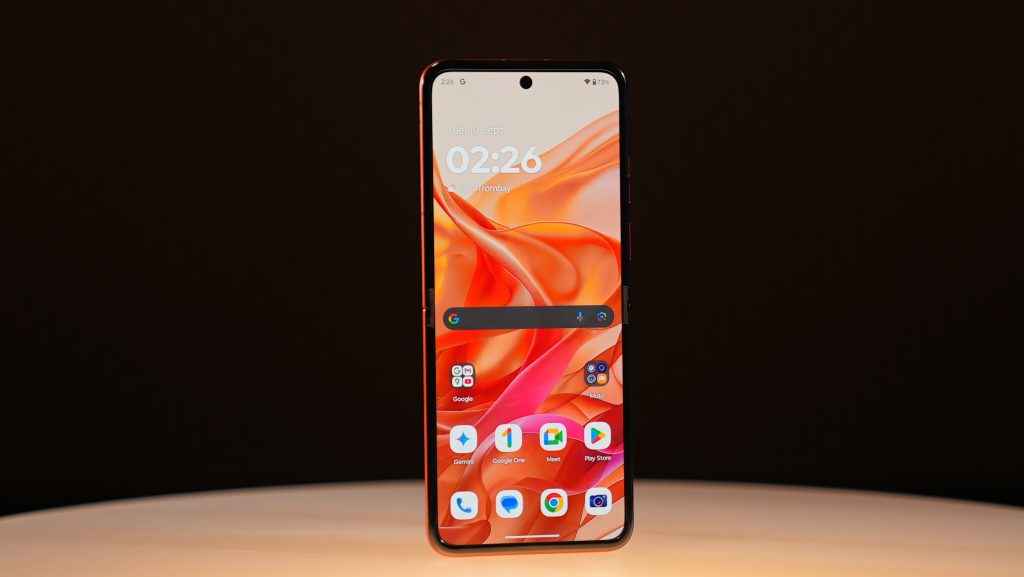
The outer display, measuring 3.6 inches, is the largest of its kind in the current flip phone market, surpassing even the Samsung Galaxy Z Flip6’s cover screen. It supports 90 Hz refresh rate, although it defaults to 60 Hz for Always On Display functions, which can impact battery life. Despite having HDR10+ support, Netflix doesn’t get HDR playback, which is a shame.
Nonetheless, the outer display is protected by Corning Gorilla Glass Victus, giving it added durability and resistance to scratches. Its size allows for practical use of apps and notifications, though it may feel a bit cramped for extensive texting.
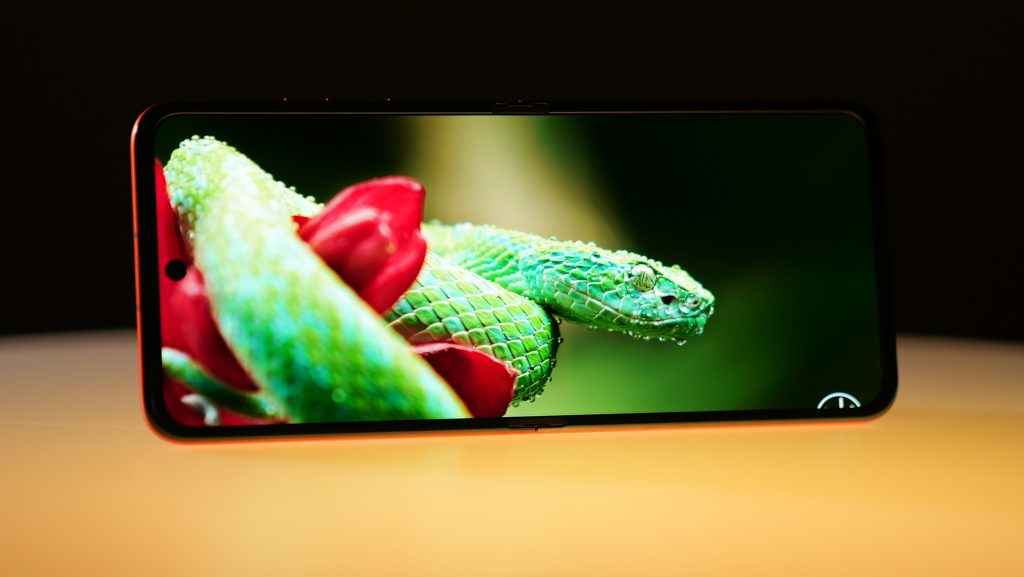
Overall, the Motorola Razr 50’s display delivers impressive performance with its vibrant colours and high brightness, making it a standout feature of the device.
Motorola Razr 50 Review: Performance, Software, and AI
Performance is a mixed bag for the Motorola Razr 50. The device is powered by the MediaTek Dimensity 7300X processor, a chip typically found in mid-range phones. This choice of processor places the Razr 50 in a challenging position, especially when compared to competitors like the Samsung Galaxy Z Flip6 and the OPPO Find N3 Flip, which boast more powerful internals.
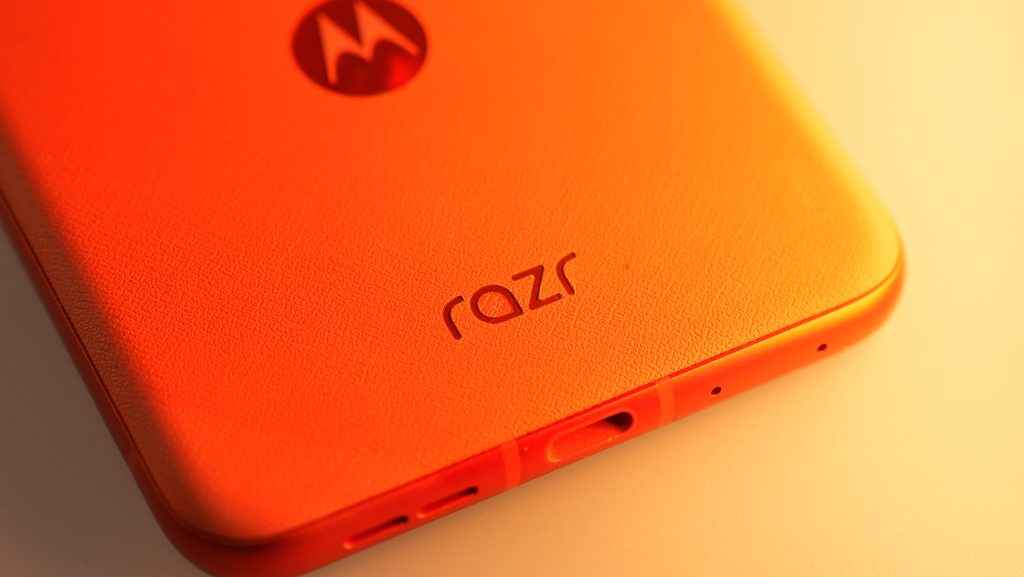
In benchmark tests, the Razr 50 falls short of its higher-end rivals, struggling to keep pace with even more affordable candybar phones like the Realme GT 6. This performance gap becomes apparent during daily tasks as well, with the phone showing signs of lag during intensive operations such as photo and video capture. Gaming performance is also affected, with noticeable frame drops during extended play sessions on high settings.
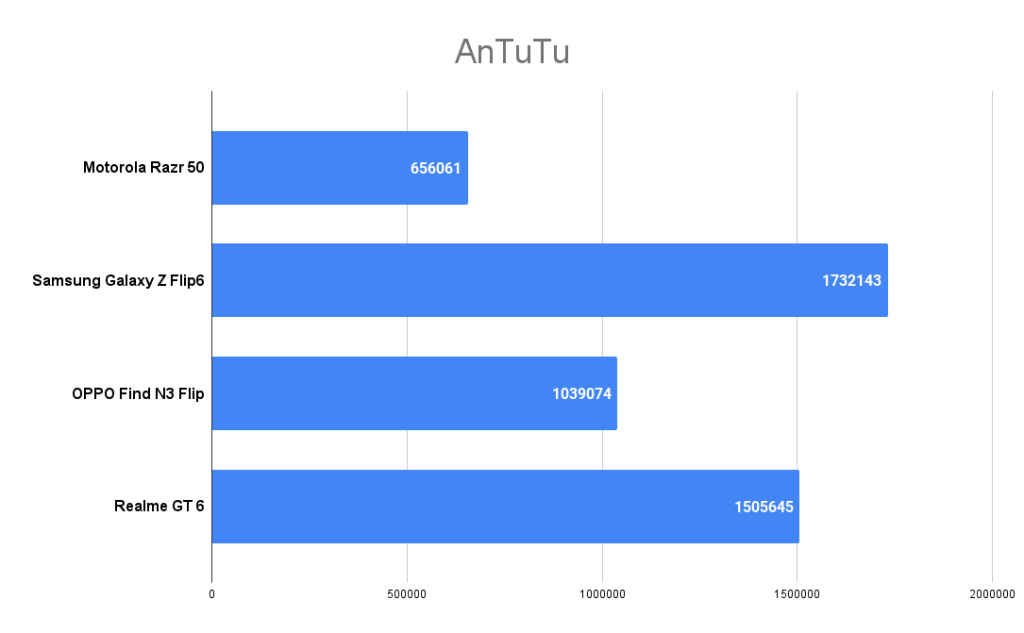
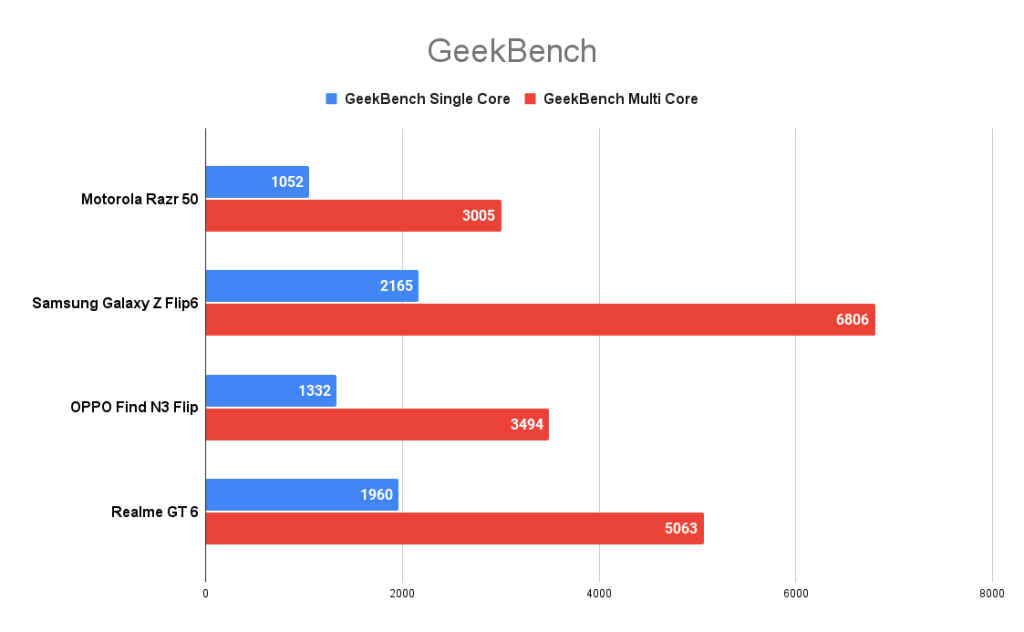
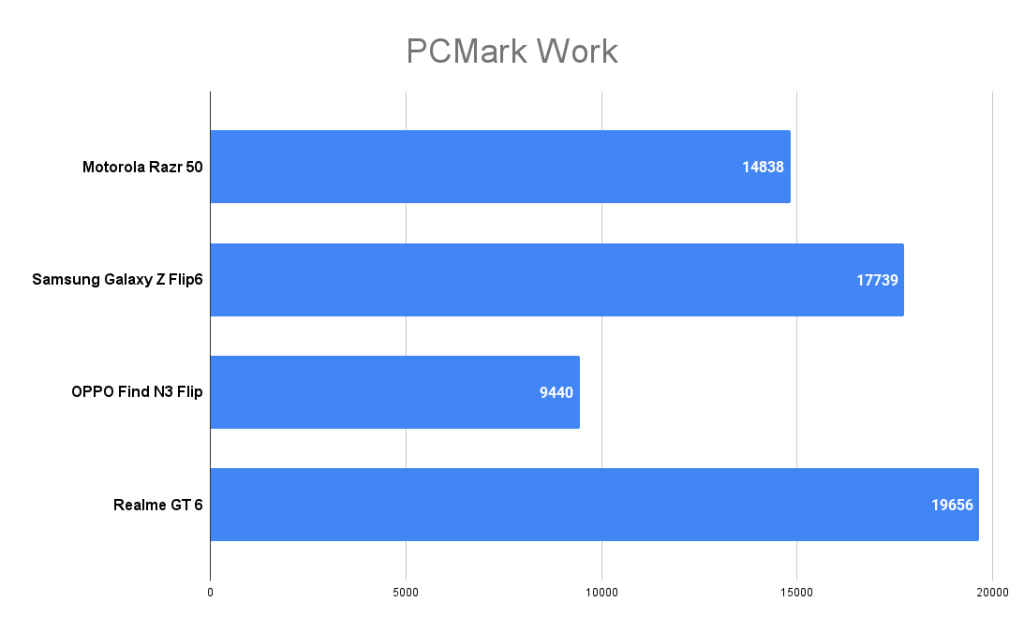
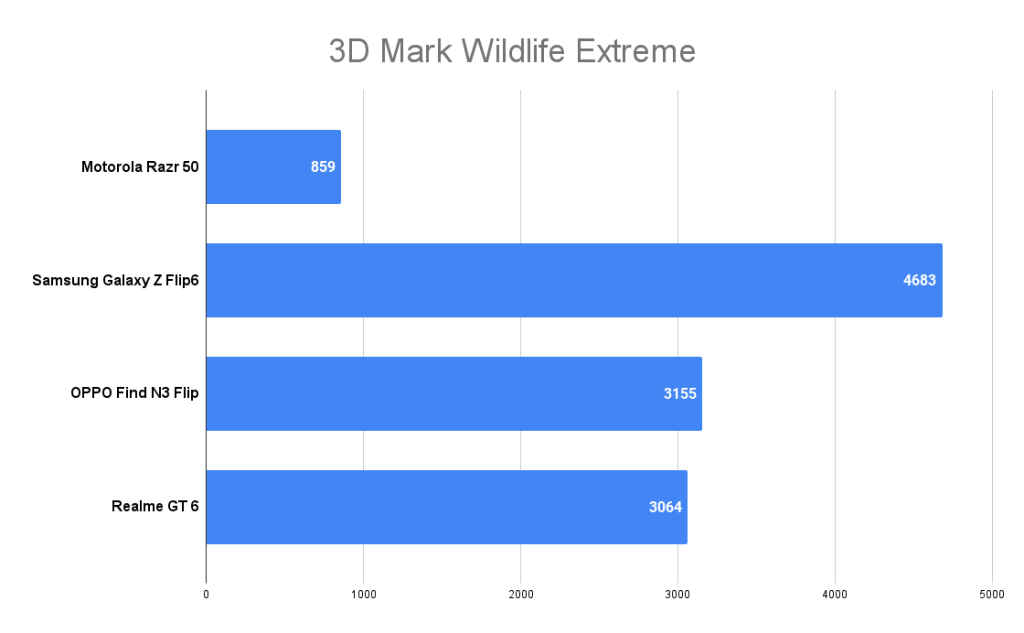
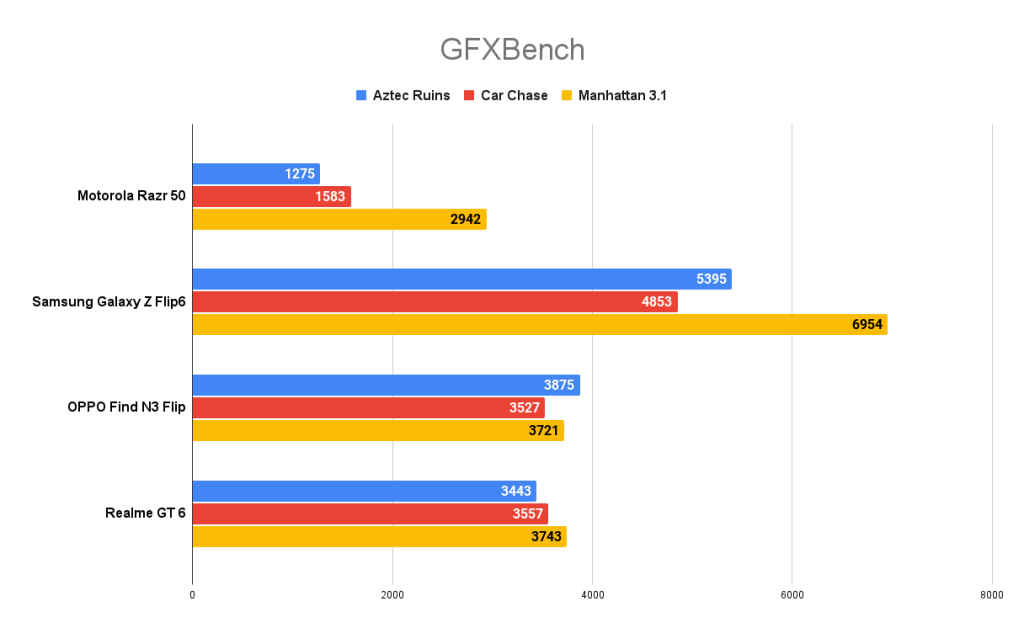
On the software front, the Razr 50 runs on Hello UI, which offers a streamlined and user-friendly experience with minimal bloatware. The interface is smooth and includes useful features such as Moto Gestures and Smart Connect, both of which I personally love. Motorola has committed to providing three years of OS updates and four years of security updates, although timely delivery of these updates remains a concern. However, Motorola did confirm that all the latest Edge and Razr devices will get the Android 15 update before the end of this year. Let’s see if they follow through.
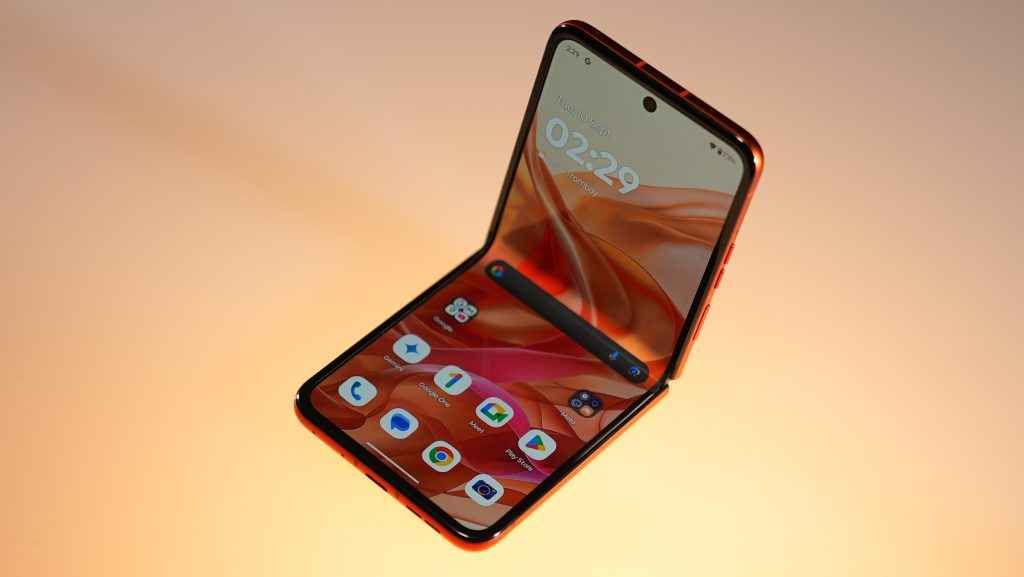
The device also includes several AI-driven features, including Gemini integration and Google Photos’ AI functionalities. Moto’s Style Sync and Magic Canvas give users a taste of generative AI as well. The Razr 50 scored a respectable 74/100 in Digit’s AI-Q tests. Despite its performance limitations, the phone’s software optimisations and AI features add considerable value.
How do the cameras perform?

The Motorola Razr 50’s camera system represents a step forward from its predecessor, featuring an upgraded 50 MP primary camera with dual pixel PDAF and OIS. In bright conditions, the main camera captures detailed and dynamic photos, though some images may appear slightly artificially sharpened. The camera does exhibit some chromatic aberrations, but close-up shots benefit from impressive natural bokeh.


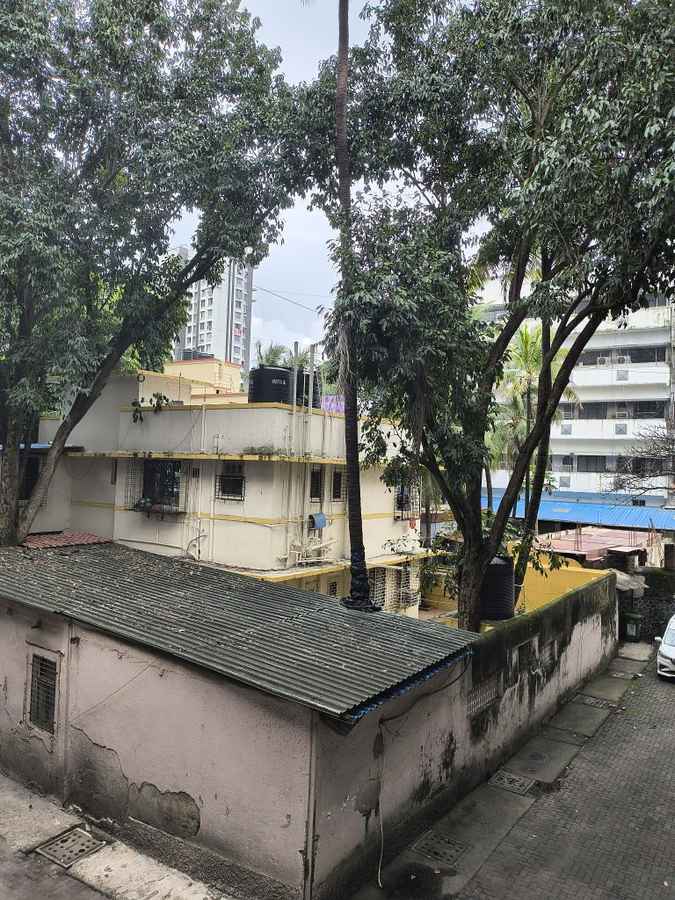

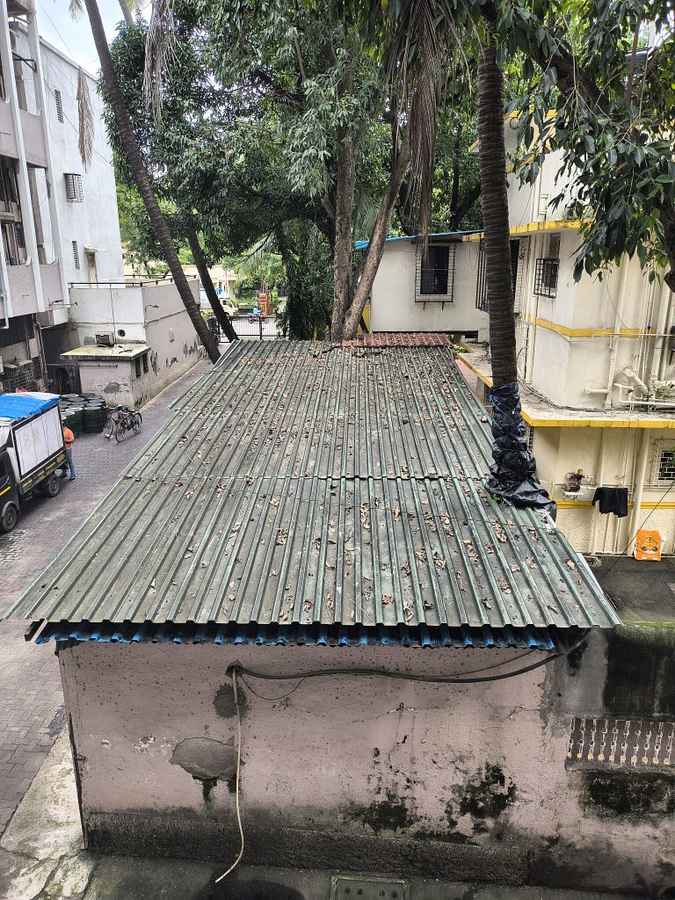




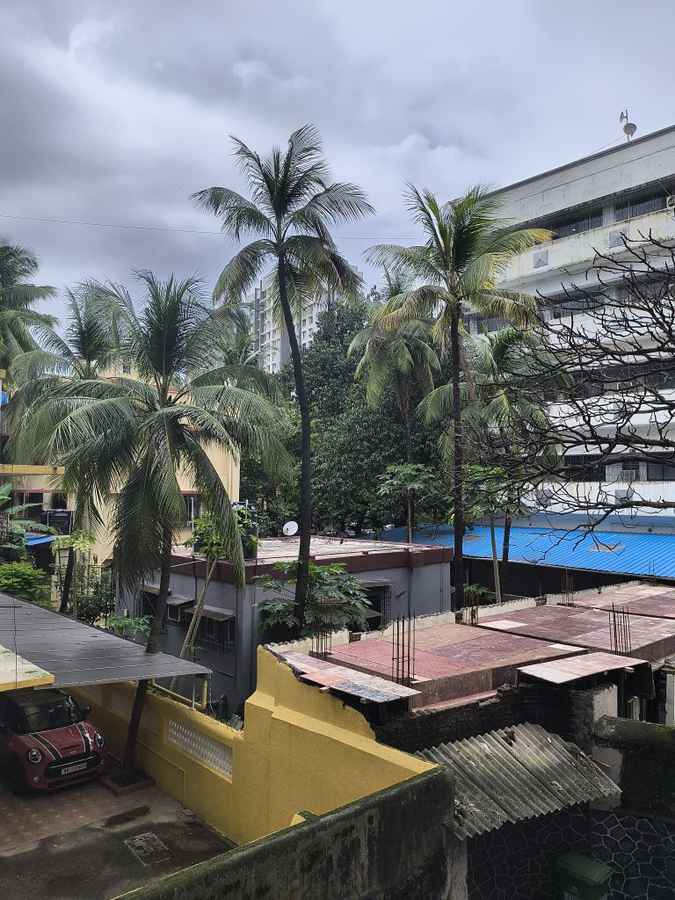

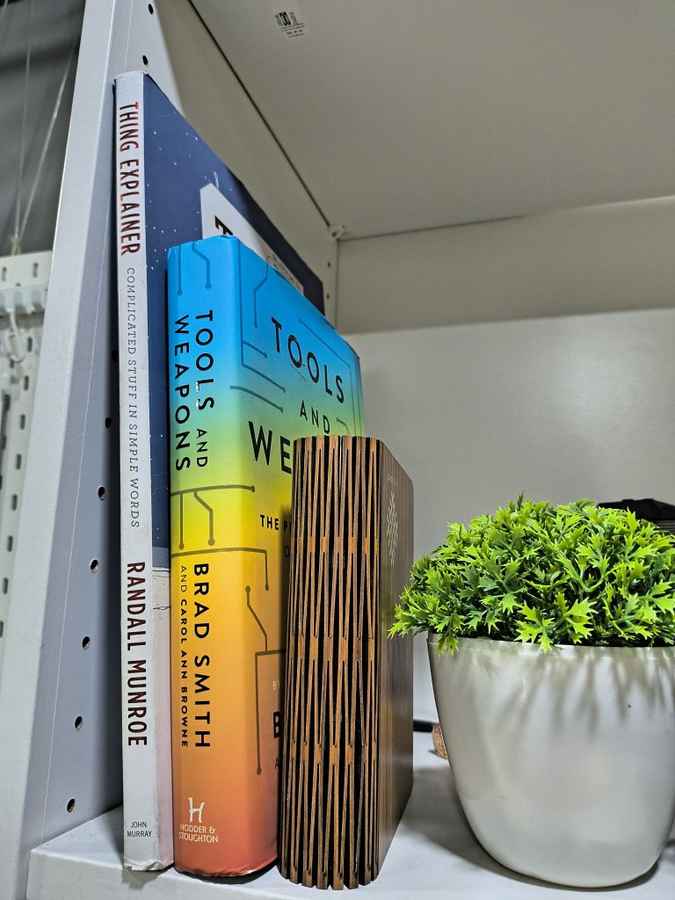
The 2x in-sensor zoom performs well, maintaining detail although colours can appear dull. The ultrawide camera, while functional, falls short in terms of detail and sharpness, especially in the shadows and corners. However, its autofocus capabilities enable decent macro shots, which stand out for their quality in this price range.
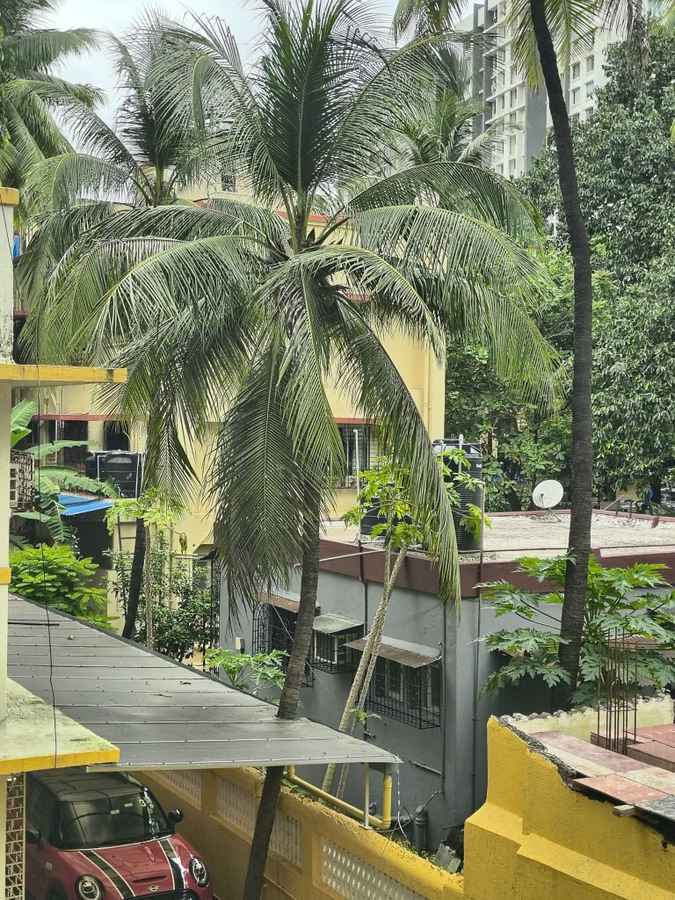

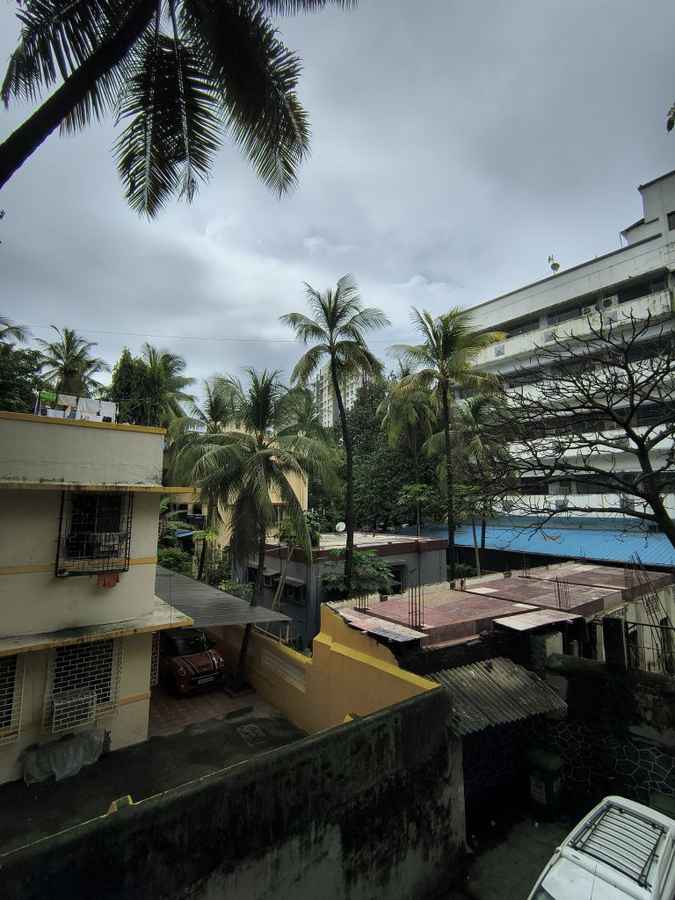
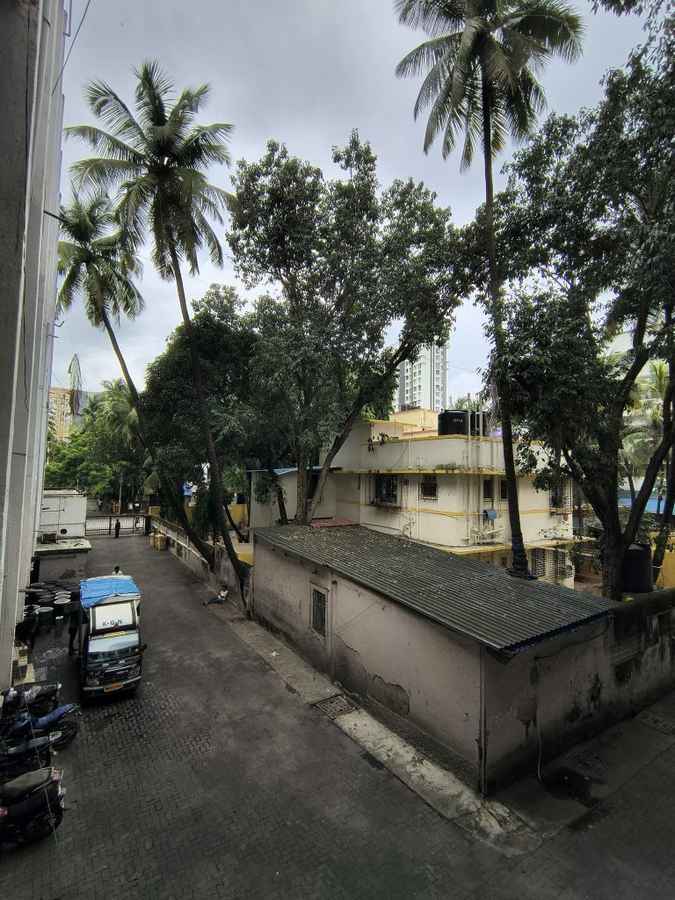
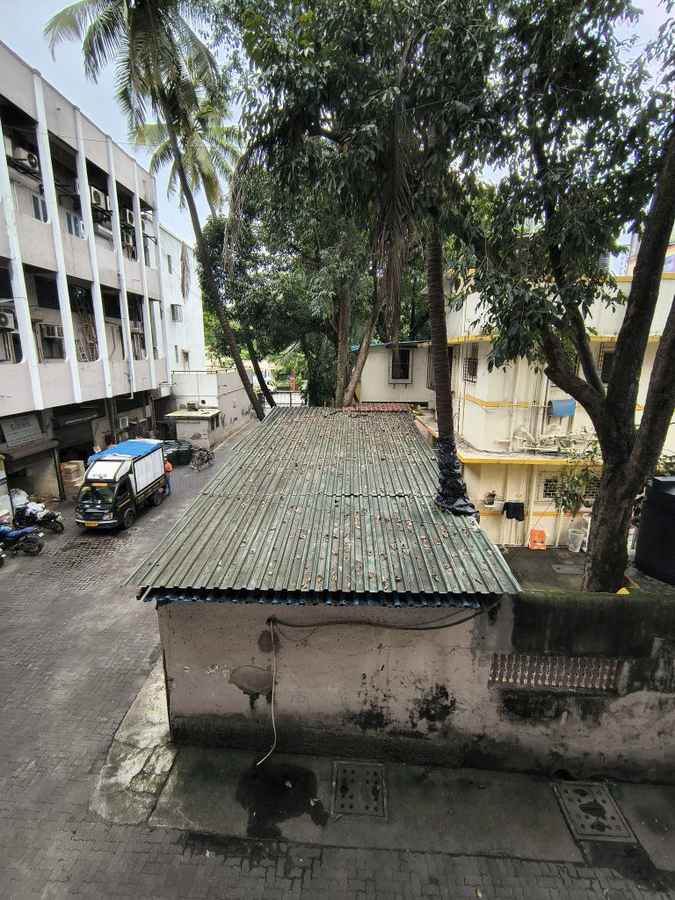
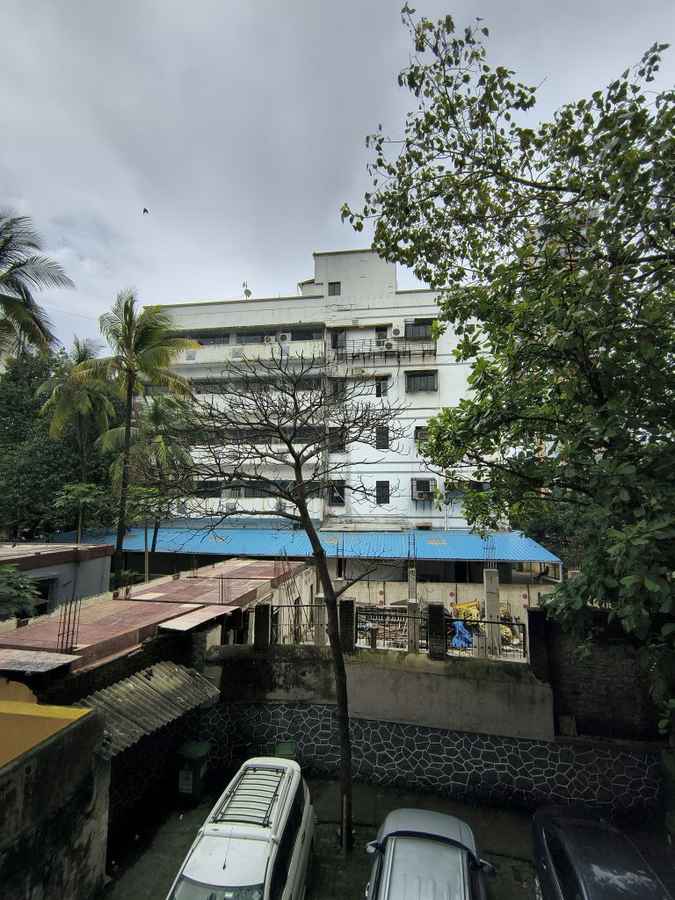

Portrait mode delivers good detail but struggles with colour accuracy and edge detection. You can see that a lot of the portrait shots showcase yellowish or reddish skin tones that look quite unnatural.






Low-light performance is better with the primary camera, producing detailed images with accurate colours. In contrast, the ultrawide camera’s low-light shots suffer from noise and lens flare.
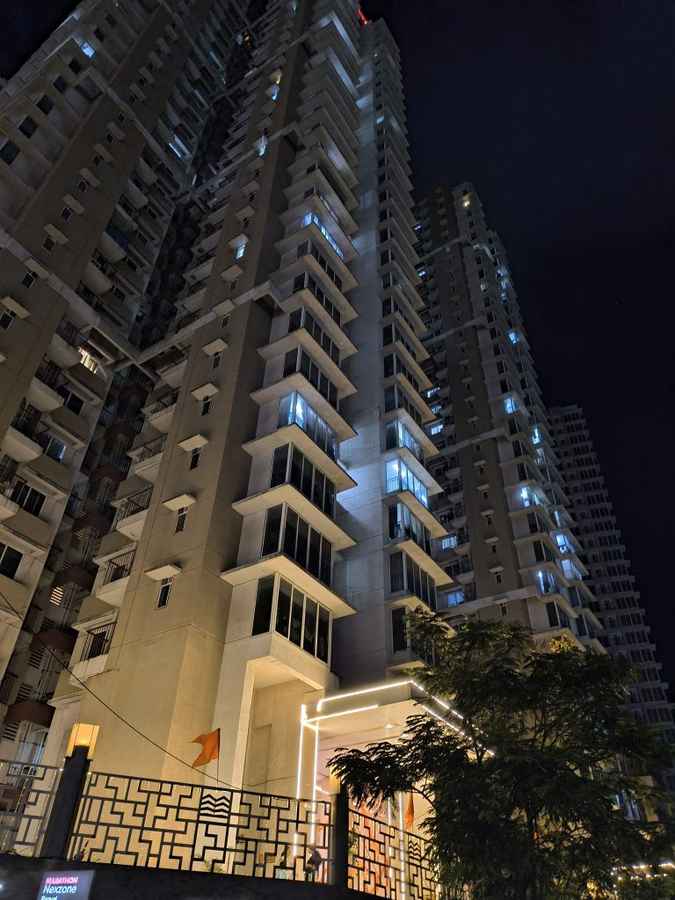

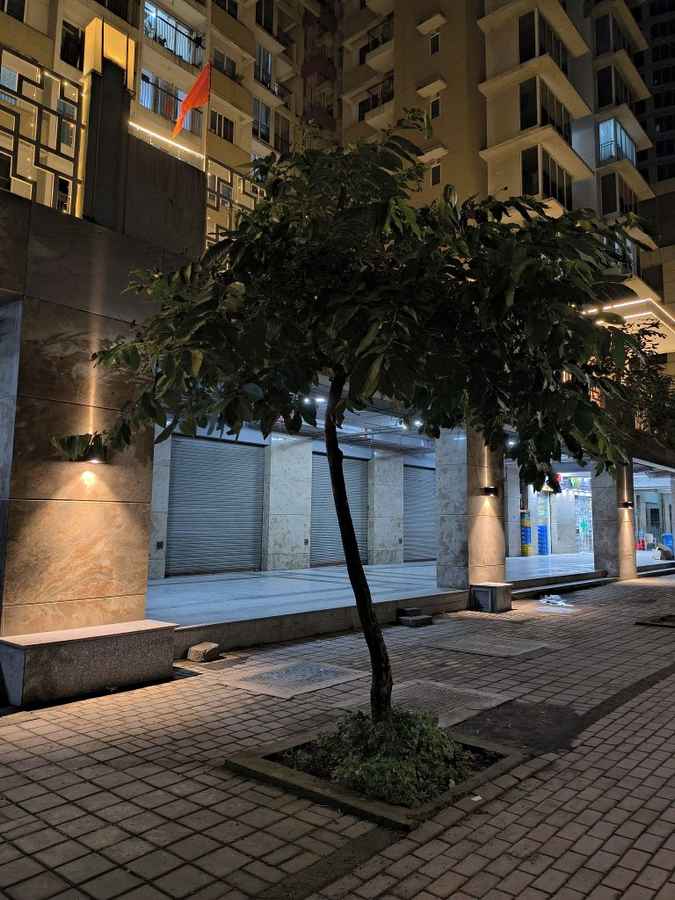
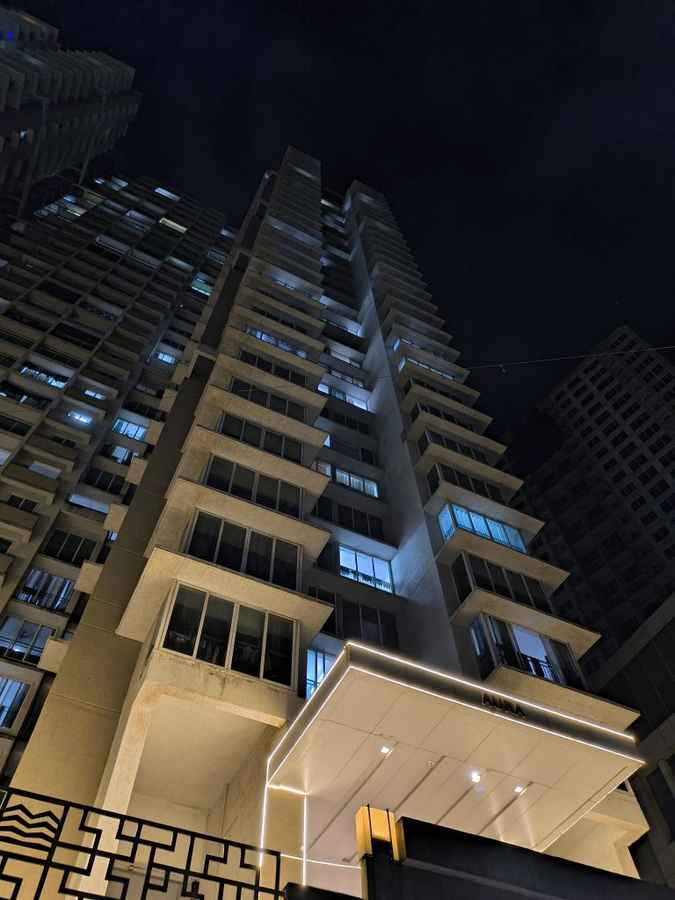
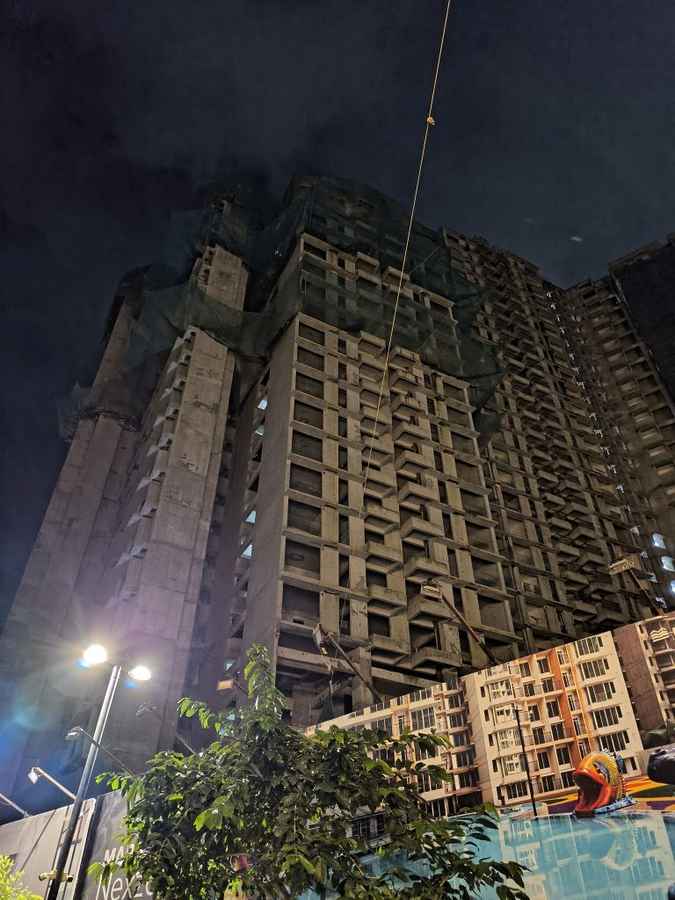
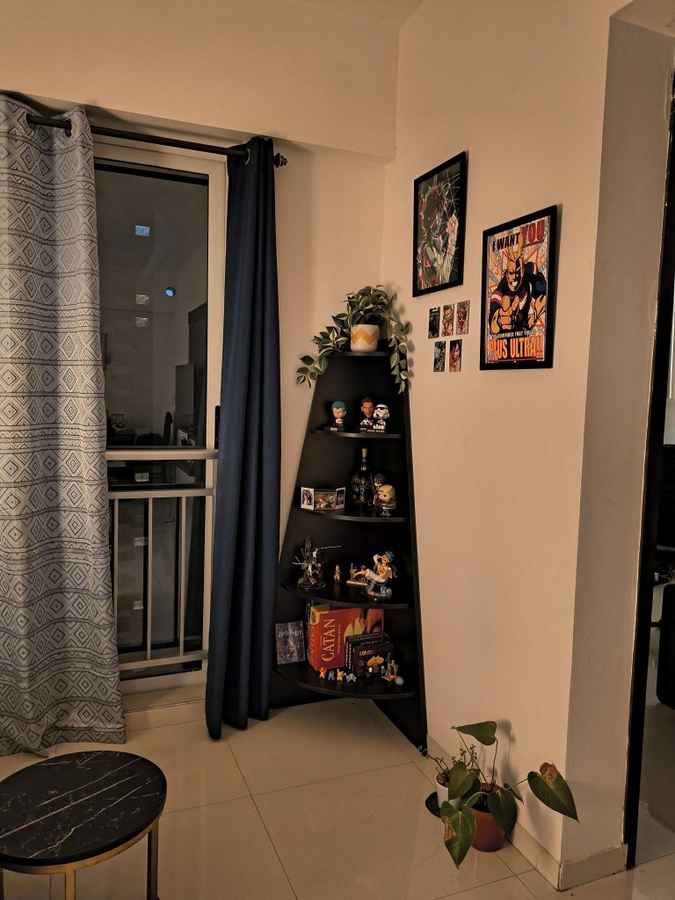
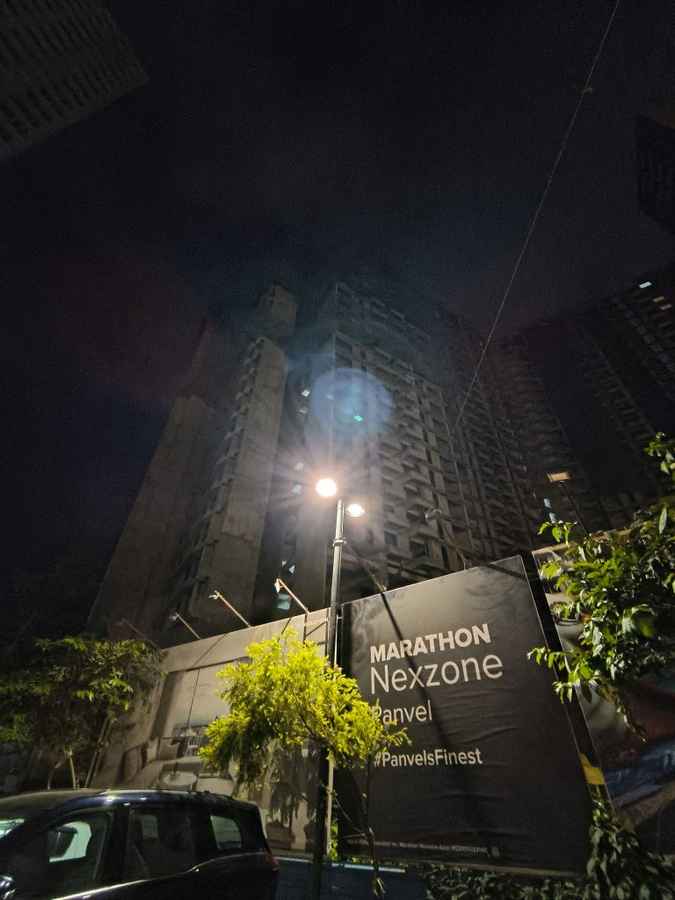
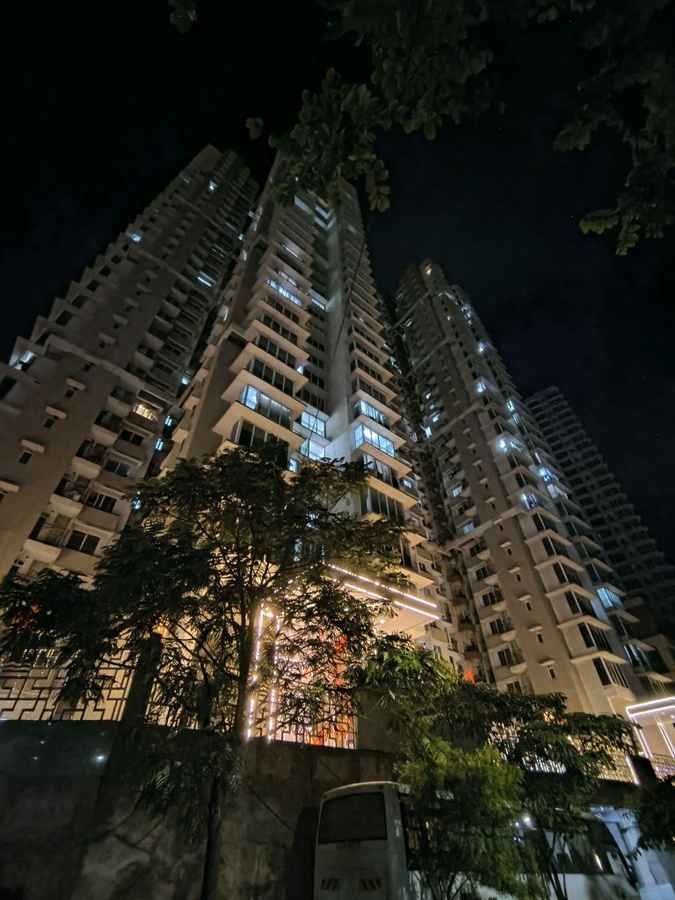
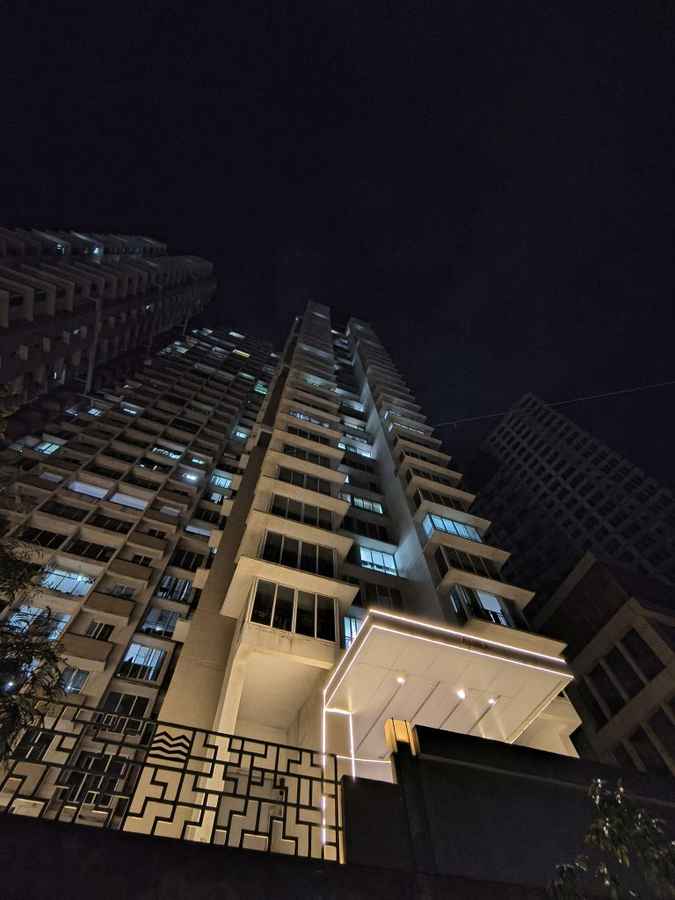
Selfies are serviceable, but using the main camera for selfies results in much better quality. Both front and rear cameras support 4K video recording at 30 fps, providing high-resolution video capture for users.




The 4,200 mAh battery is nothing to write home about
The Motorola Razr 50 is equipped with a 4,200 mAh battery, which delivers adequate performance without standing out. Under heavy use, users can expect around 4-5 hours of screen-on time. In PCMark’s Battery Life test, the phone achieved a result of 14 hours and 1 minute, reflecting decent but unremarkable endurance.
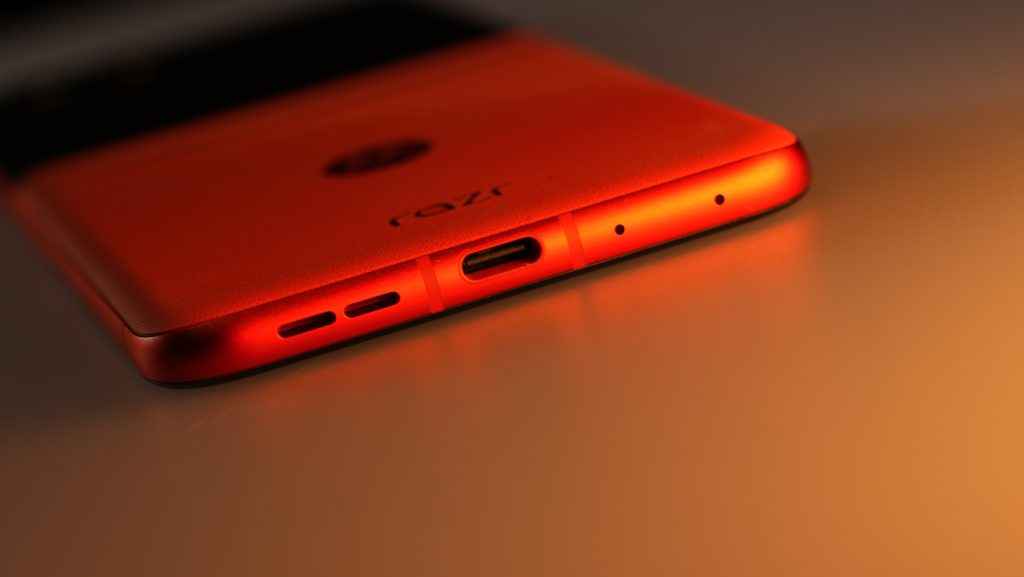
The device supports 30W fast charging, taking approximately an hour and three minutes to fully charge from 0 to 100%. It also offers 15W wireless charging, which is a welcome addition. However, the reverse wireless charging feature, or PowerShare, proved unreliable during testing, failing to work as intended despite multiple attempts.
Should you buy the Motorola Razr 50?
Priced at ₹64,999, the Motorola Razr 50 brings notable advancements to the foldable phone market, particularly with its impressive 3.6-inch cover display that dwarfs the previous generation’s screen. It proves to be a solid option for first-time foldable users who don’t want to spend a fortune on a smartphone, but want to try out the novel form factor. Its design is sleek and stylish, featuring a solid build and a luxurious vegan leather back.
However, the performance is not as strong as one might hope, with the MediaTek Dimensity 7300X processor showing its limitations in both benchmarks and real-world use. While the camera system performs well in most scenarios, it struggles with certain aspects like colour accuracy, especially in portrait pictures. All in all, it’s a solid choice for those seeking a stylish and functional foldable phone at a lower price point, but users should temper their expectations regarding performance.
Motorola Razr 50 Key Specs, Price and Launch Date

| Release Date: | 12 Sep, 2024 |
| Market Status: | Launched |
Key Specifications
Storage
256 GB
Battery capacity (mAh)
4200
Rear Camera Megapixel
50 + 13
Screen size (in inches)
6.9
Dhriti Datta
Perpetually sporting a death stare, this one can be seen tinkering around with her smartphone which she holds more dear than life itself and stuffing her face with copious amounts of bacon. View Full Profile





